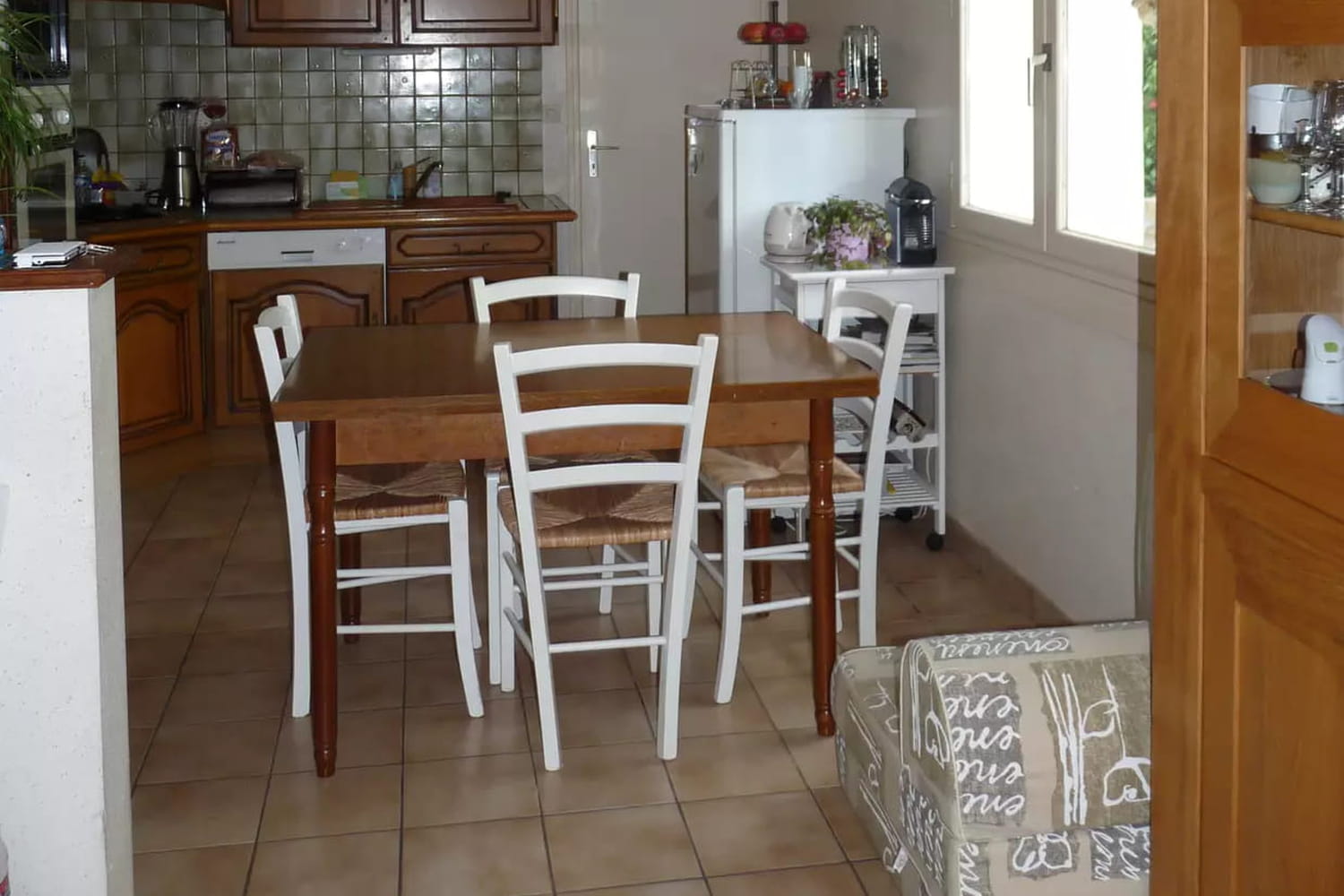Learning is not limited to classrooms or traditional training. Diane Lenne, author of Learn from each other At Eyrolles editions, defends a strong idea: everyone has knowledge from their experiences that he can transmit to others. With his WAP method (We are Peers), it structures learning between peers and supports companies in the creation of learning communities. A powerful lever to develop autonomy, speed up action and strengthen collaborative culture.
Your book opens with a strong conviction: ” Everyone knows something“. How did this idea take root in your personal journey?
Diane Lenne: During my studies, I observed that many of my comrades have had singular experiences, practices activities on exciting subjects. However, these are things they keep for them and relegate to the personal sphere. I then discovered the tacit share of knowledge which indicates that a large part of our knowledge comes from our personal experiences.
A source of knowledge that is not recognized enough in the education and work system.
You experienced school boredom, then the excitement of spaces like the bench. What ruptures or ” click »Have your approach towards Pairagogy oriented?
Diane Lenne: I had 2 clicks:
- It was at the time of the organization of conference-debates in my school where we invite personalities to interview, I realized that we would progress even more if we were speaking.
- Then, by organizing coaching groups to allow residents of the Aillasse to share their knowledge, I was offered a book on the positive influence that a group of peers can have on human behavior, and I plunged into the subject.
You offer a concrete methodology, WAP (We are Peers), to structure peer learning. What is it?
Diane Lenne: A majority of our knowledge are tacit, from the experiences that we live. The peer learning method with WAP shares and capitalizes on everyone’s tacit knowledge during workshops. This way of learning 100% participative and impacting is up to 5 times faster than conventional methods.
Each participant is preparing upstream, selects an experience to share. During the workshop, the participants are divided into groups and everyone discovers what the others have experienced. It feeds curiosity and the desire to learn. The group then exchanges, refines and analyzes the experience told. All learning is compiled in a collective synthesis of all concrete cases.
How today must be a business ” learner »?
Diane Lenne: A company must be “learner“Because economic models are upset and changes go very quickly. Classic training methods are no longer enough. Organizations do not need perfect performers, but people capable of innovating, testing, learning from their mistakes and having confidence.
François Taddei already recalled in Learn in the 21st century that learning capacity is a key skill in a moving world. What was once reserved for an elite must now be offered to everyone: to give everyone the means to develop by themselves.
What role do learning communities play to maintain agility and the desire to learn?
Diane Lenne: The communities that we support the most are the communities of management, learning, HR & Learning and projects. With these communities, leaders embark on their teams in a continuous learning culture and show the example.
This state of mind does not remain speeches, it lives. The collective sets off in motion. The levels of levels are reduced. Everyone develops their potential and becomes a resource for others. Communities become the engine of learning culture.
You say that peer learning develops ” autonomy and power to act“. Is this method ultimately the solution to accelerate action?
Diane Lenne: This is one of the solutions actually for 3 reasons:
- Capitalize on past experience: Allows you not to leave a blank page and not reinvent the wheel
- Rely on forces: We value what worked best for everyone rather than surrounding the weaknesses in red, this gives a positive implementation of acting
- The influence of “peers”: provides replicable practices with a low transposition effort
How to implement these communities concretely?
1. Constitute a community With a diversity of profiles While guaranteeing a consistency of the levels, ideally 20 to 100 participants.
2. Align objectives : learning useful to participants and linked to the strategic priorities of the company.
3. Choose significant themes : in direct connection with daily activity, then expand towards strategic issues.
4. Mobilize from the start : involvement of managers, managers, ambassadors and self-registration of the participants.
5. Choose a method that promotes active commitment and bring to life participatory experiences striking from the first meeting.
6. Structure animation over time : a planned animation rate (monthly, quarterly, annual) to retain.
7. Share governance : distribute the roles and co-create to empower the community.
You also mention in the book, the limits of this method and in particular the ” collective stupidity “: Are there more drawbacks than advantages? And how to remedy it in this case?

Diane Lenne: The informal learning between peers is not always beneficial. When it is not structured, it can become counterproductive, even harmful.
Fragile relational climate
When psychological security is lacking, participants are afraid of expressing themselves and self -censored. Hierarchical pressure or compliance pressure can block speech. Some feel excluded, and only a few always speak.
Quality of exchanges
When conversations remain superficial, they look like coffee discussions. Exchanges disperse, which causes a waste of time. Without a framework, the group can even turn into “complaint office ”where negativity takes over on learning.
Social drifts
An unstructured group can also promote manipulations or gossip, which create tensions. Comparisons and power relations reinforce a competitive culture. The risk is to fall into the inter-self, individualism and silos, which feeds distrust.
Low strategic value
It is difficult to transform individual practices into collective learning without a clear framework. THE “Best Practices”Are often misunderstood. The hierarchy does not always recognize these exchanges, which can then be perceived as secondary or useful only to a few.
This is why a structured approach like the WAP method is essential. It transforms learning communities into strategic, inclusive and sustainable levers.
Can the WAP method help women better take their place and speak in meeting for example?
Diane Lenne: Yes. The WAP method creates a safe frame that promotes the expression of all voices, including those that disappear in a meeting. It helps women to put their knowledge into words, strengthen their confidence and rely on belonging to a community of peers. Thus, they progress faster and take their place with more strength.











